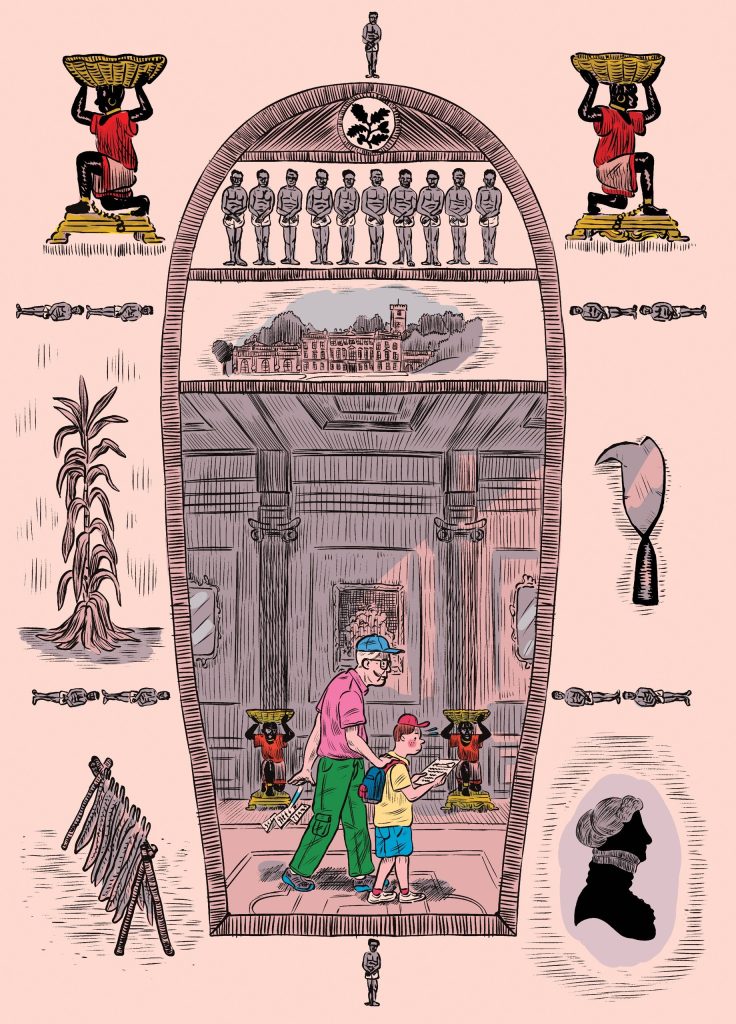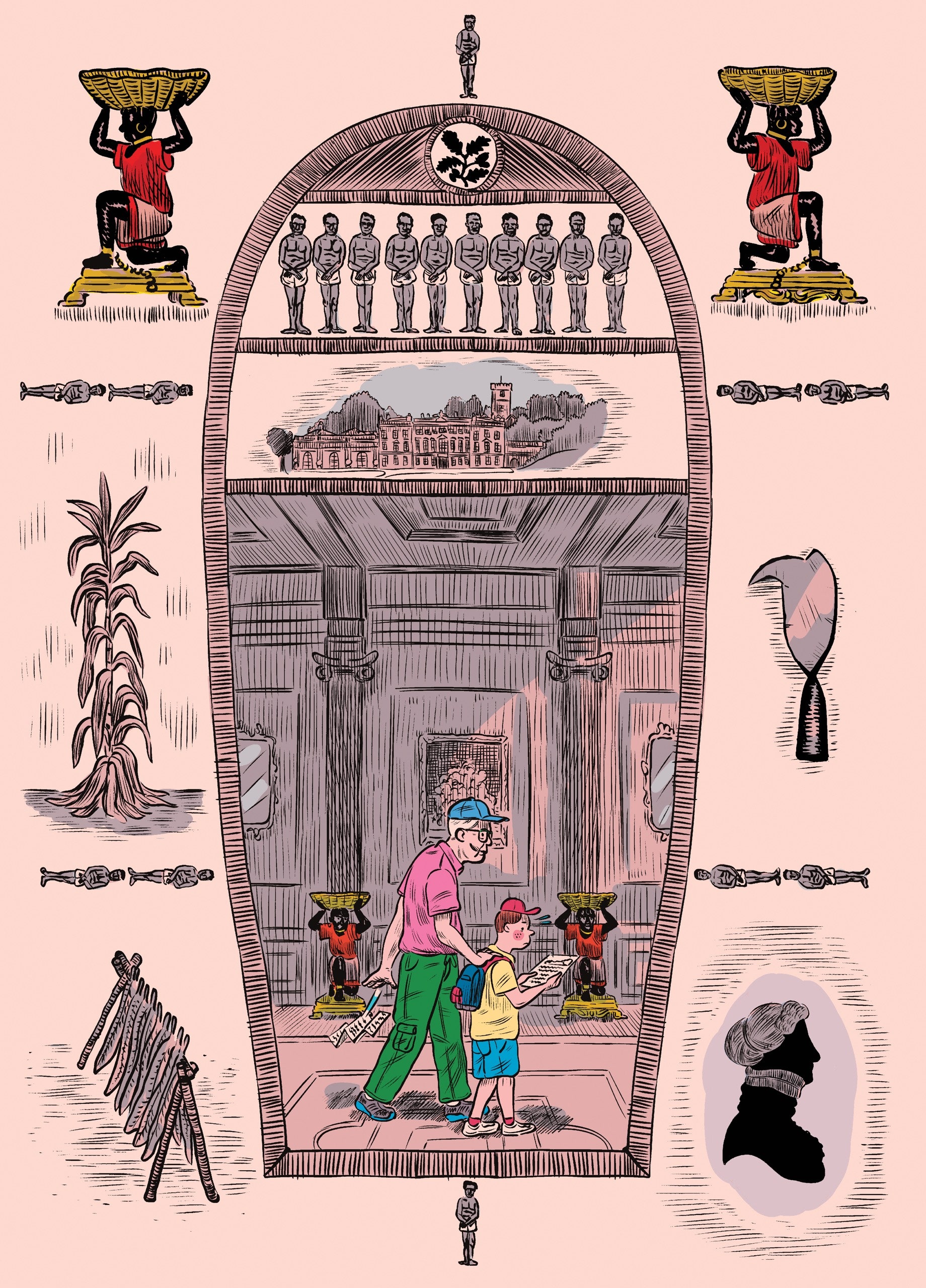
“British Library Exhibition Reveals the Lives and Contributions of Women in the Medieval Era”

# Rediscovering Medieval Women: An Exhibition at the British Library Sheds Light on Their Lives and Contributions
The landscape of medieval Europe, in comparison to our present-day reality, showcases a remarkable disparity. This period was characterized by monarchs exercising unrestrained authority, the devastating impacts of the bubonic plague leading to untold loss of life, and widespread misconceptions, including the idea that the Earth was flat. However, a closer examination of the Middle Ages uncovers parallels with modern times—individuals adored their pets, adorned themselves with meaningful jewelry, and navigated city streets that still bear resemblance to those we recognize today. A persistent yet often ignored aspect of this history is the crucial part women played during these centuries. A new exhibition at the British Library, *Medieval Women in their Own Words*, illuminates these frequently overlooked narratives, revealing the influential and varied roles of women throughout medieval Europe.
Running in London until March 2, 2025, this exhibition draws from the vast resources of the British Library to present 140 artifacts dating from the 12th to the 15th centuries. These items display women not merely as secondary characters, overshadowed by male figures, but as essential participants in the social, economic, and cultural life of the era. Through an array of manuscripts, textiles, and religious items, the exhibition intricately narrates the public, private, and spiritual lives of medieval women across Europe and the Near East.
## Revealing Women’s Histories: A Complex Task
The stories of women from the medieval period present specific challenges for contemporary historians. As curator Eleanor Jackson observes, “[Women’s] stories were less often recorded, and because women often weren’t given the same level of education as men, [many women] couldn’t write themselves. Women’s histories are much harder to find, but they are there when you look for them.”
This lack of representation in conventional historical records demands a thoughtful and innovative investigation of the existing materials, whether through documents authored by women or those that reference their lives and contributions. The British Library’s exhibition meticulously weaves these elements together, offering a vibrant tapestry of artifacts and documents that capture the variety of women’s experiences through the ages.
## The Book of the Queen: Christine de Pizan and Literary Women of the Middle Ages
A highlight of the exhibition is a magnificent manuscript known as *The Book of the Queen*, penned by Christine de Pizan. Regarded as one of the earliest professional female writers in Europe, de Pizan was a trailblazer of her time. Her collection, crafted for the French queen Marguerite of Burgundy, features illustrated pieces that delve into de Pizan’s perspectives on subjects ranging from politics to women’s rights.
Composed in the early 15th century, de Pizan’s writings include *The Book of the City of Ladies*, where she confronts the male-dominated narratives about women in literature and history. Utilizing allegory and historical references, de Pizan constructs an imagined city inhabited by esteemed women from various eras. Her work presents early feminist arguments, emphasizing the significance of women’s lives while challenging prevailing notions of their intellectual and moral shortcomings.
In addition to Christine’s manuscripts, the exhibition showcases handwritten notes by Jacquette of Luxembourg, a 15th-century noblewoman who possessed *The Book of the Queen*. This remarkable manuscript, displayed alongside other artifacts, underscores the essential roles of women as both creators and consumers of literature.
## Diverse Roles of Medieval Women
The British Library exhibition extends beyond featuring intellectuals like Christine de Pizan; it ambitiously endeavors to portray the myriad aspects of medieval women’s lives. Attendees will encounter depictions of medieval women as queens, poets, workers, and guardians of their households during times of conflict. For example, a displayed artifact is a 15th-century birthing girdle, utilized in religious ceremonies to safeguard women throughout the perilous childbirth process. This intricate garment, believed to possess protective qualities, highlights the personal concerns and spiritual dimensions of medieval women, who frequently faced the imminent threat of mortality during childbirth.
Additional artifacts feature textiles crafted by women in 12th-century Spain, showcasing their artistry, skill, and economic significance as participants in labor-intensive trades. The exhibition also spotlights portrayals of women defending fortresses, including the notable Empress Matilda, who famously vied for the English throne in the 12th century, championing her family’s claim to sovereignty.
Moreover, the exhibition delves into lesser-known narratives, including women battling against enslavement or serving as negotiators and dignitaries in royal courts. These stories highlight the perseverance of women in a rigidly hierarchical and often perilous medieval society.
## A Rich Tapestry of Women’s Contributions
The exhibition at the British Library invites visitors into a captivating world where women’s work, intellect, and influence were deeply woven into the fabric of medieval culture. From the expressions of religious devotion found in sacred writings to the delicate threads of textiles, these women crafted a rich, yet frequently unrecognized, legacy. The artifacts on display enable us to